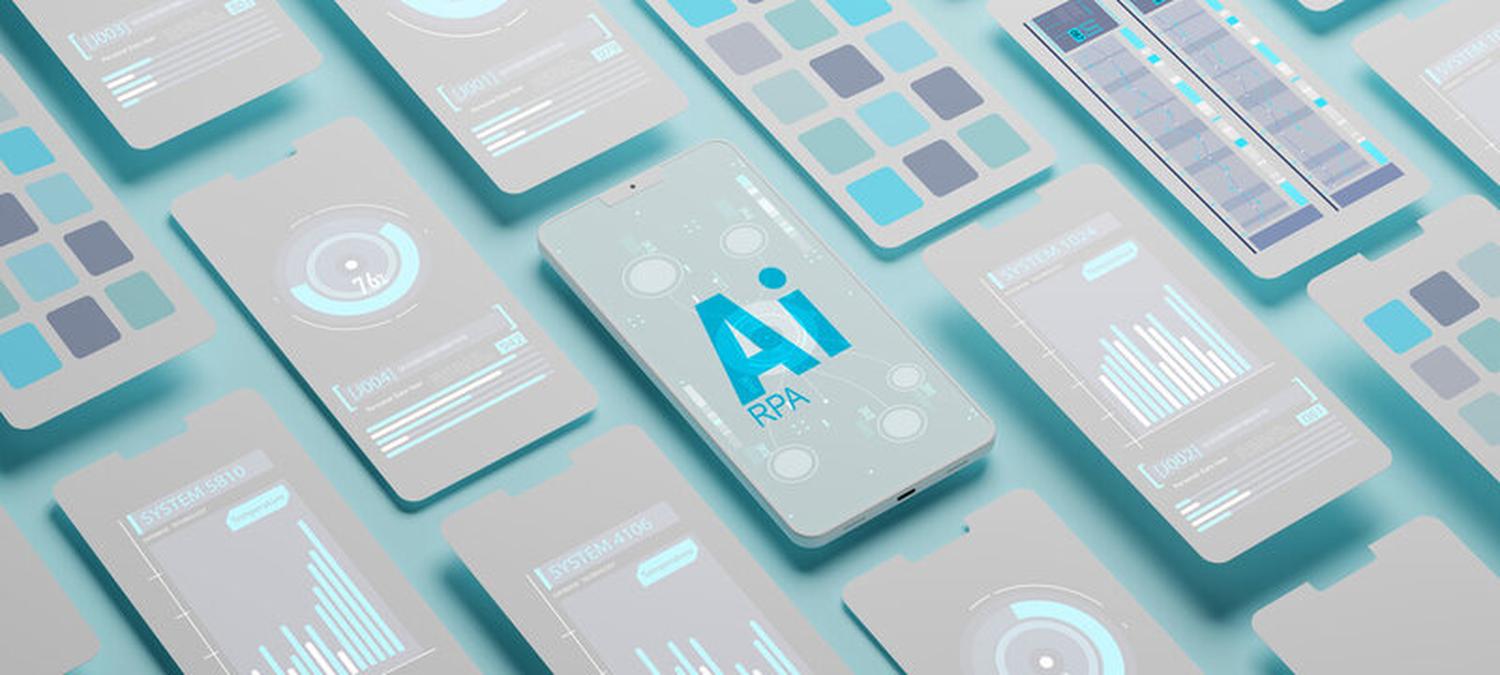How is AI revolutionizing the world of graphic design? Artificial Intelligence (AI) has been transforming various industries over the years, and the world of graphic design is no exception.
AI graphic design refers to the use of algorithms and machine learning techniques to automate the design process and create customized designs. With AI, designers can now streamline their workflow, save time, and unleash their creativity like never before.
In this article, we’ll explore the impact of AI on graphic design and how it’s revolutionizing creativity.
We have created a table of contents below to help you smoothly navigate to the most relevant section of your search.
Understanding AI in Graphic Design: A Game-Changer for Creatives
AI graphic design involves the use of algorithms to analyze data, patterns, and trends to create customized designs. With AI, designers can automate repetitive tasks such as resizing images, colour correction, and font selection, allowing them to focus on more creative work.
AI can also analyze user data to create personalized designs that cater to individual preferences. This level of personalization is not possible with traditional design methods.
The use of AI in graphic design is a game-changer for creatives. It frees up time for designers to work on more creative and complex projects, and it makes the design process more efficient and cost-effective.
AI can also help designers come up with new and innovative ideas by analyzing user data and identifying patterns and trends that humans may not notice.
AI’s Impact on Graphic Design
- AI is transforming the creative process in graphic design.
- AI-powered graphics are redefining the possibilities of design.
- The intersection of technology and art is creating masterpieces with AI.
The Rise of AI Graphic Design: How it’s Transforming the Creative Process
AI is transforming the creative process in graphic design in several ways. Firstly, it’s making the design process more efficient and cost-effective. With AI, designers can automate repetitive tasks, such as resizing images, generating colour palettes, and creating layouts, allowing them to focus on more creative work.
Secondly, AI is enabling designers to create personalized designs that cater to individual preferences. AI algorithms can analyze user data, such as browsing history, social media activity, and purchase behaviour, to create customized designs that resonate with specific audiences.
Finally, AI is transforming the way designers come up with new ideas. By analyzing patterns and trends in user data, AI can identify new design concepts and suggest ideas that designers may not have considered. This level of innovation is not possible with traditional design methods.
Exploring the Intersection of Technology and Art: AI’s Role in Graphic Design
| AI-Powered Tool | Description |
|---|---|
| Canva | AI-powered design tool that allows users to create personalized designs with ease. Canva uses AI to suggest design elements based on user input and to automate repetitive tasks. |
| Adobe Sensei | AI-Powered tool that allows designers to automate repetitive tasks, such as resizing images and color correction, and to create personalized designs based on user data. |
| Logojoy | AI-Powered tool that generates logos based on user input and preferences. Logojoy uses machine learning algorithms to analyze user data and generate designs that resonate with specific audiences. |
| Pikazo | AI-powered app that transforms photos into works of art. Pikazo uses neural networks to analyze images and generate unique and personalized art styles. |
The intersection of technology and art is where AI is making its mark in graphic design. AI is helping designers to automate repetitive tasks, streamline workflows, and create personalized designs.
This level of automation allows designers to focus on more creative work, such as ideation and concept development, resulting in more innovative and impactful designs.
AI is also changing the way designers approach design problems. By analyzing user data, AI can identify patterns and trends that humans may not notice, leading to new and innovative design solutions.
This level of innovation is driving the evolution of graphic design as a discipline, as designers are now able to create designs that are more personalized, impactful, and data-driven.
Unleashing Creativity with Artificial Intelligence in Graphic Design
AI is unleashing creativity in graphic design by freeing up time for designers to work on more creative and complex projects. With AI, designers can automate repetitive tasks, such as resizing images, colour correction, and font selection, allowing them to focus on more creative work.
AI is also enabling designers to create new and innovative designs by analyzing user data and identifying patterns and trends. This level of innovation is driving the evolution of graphic design as a discipline, as designers are now able to create designs that are more personalized, impactful, and data-driven.
Finally, AI is empowering designers to experiment with new design concepts and techniques. By automating repetitive tasks, designers can now try out new ideas without worrying about the time and cost constraints that come with traditional design methods.
This level of experimentation is leading to more innovative and impactful designs that are pushing the boundaries of graphic design as a discipline.
Harnessing AI Power: Redefining Possibilities in Graphic Design
AI is redefining the possibilities of graphic design by enabling designers to create personalized, impactful, and data-driven designs that cater to specific audiences. AI is also streamlining the design process, making it more efficient and cost-effective.
AI is also enabling designers to experiment with new design concepts and techniques, leading to more innovative and impactful designs that push the boundaries of graphic design as a discipline.
This level of innovation is driving the evolution of graphic design, as designers are now able to create designs that are more personalized, impactful, and data-driven.
Finally, AI is redefining the role of designers in the design process. With AI, designers can now focus on more creative work, such as ideation and concept development, while leaving the repetitive tasks to machines.
This level of automation is freeing up time for designers to work on more complex and creative projects, leading to more impactful and innovative designs.
Embracing the Future of Design: The Impact of AI on Graphic Creation
The future of design is inextricably linked to AI, and graphic design is no exception. With AI, designers can create personalized, impactful, and data-driven designs that cater to specific audiences. AI is also streamlining the design process, making it more efficient and cost-effective.
As AI continues to evolve, it will enable designers to experiment with new design concepts and techniques, leading to more innovative and impactful designs that push the boundaries of graphic design as a discipline.
AI will also redefine the role of designers in the design process, freeing up time for designers to work on more complex and creative projects.
In embracing the future of design, designers must learn to harness the power of AI and integrate it into their workflow. This integration will enable designers to create designs that are more personalized, impactful, and data-driven, leading to a new era of graphic design that is more innovative and impactful than ever before.
From Algorithms to Masterpieces: How AI is Reshaping the World of Graphic Design
AI is reshaping the world of graphic design by enabling designers to create personalized, impactful, and data-driven designs that cater to specific audiences. AI is also streamlining the design process, making it more efficient and cost-effective.
AI is also enabling designers to experiment with new design concepts and techniques, leading to more innovative and impactful designs that push the boundaries of graphic design as a discipline.
This level of innovation is driving the evolution of graphic design, as designers are now able to create designs that are more personalized, impactful, and data-driven.
Finally, AI is empowering designers to create masterpieces that were previously impossible with traditional design methods.
By automating repetitive tasks and analyzing user data, designers can create designs that are more personalized, impactful, and data-driven, leading to a new era of graphic design that is more innovative and impactful than ever before.
Revolutionizing Creativity with AI-Powered Graphics
Case Study: Using AI in Graphic Design to Create Compelling Visual Content
As a freelance graphic designer, I was always on the lookout for new tools and technologies that could help me create more compelling visual content. When I first heard about AI-powered design tools, I was sceptical. Could a machine really capture the nuance and creativity that goes into great design?
To put the technology to the test, I decided to experiment with an AI-powered design tool on a recent project for a client. The tool promised to take the basic ideas and concepts I provided and turn them into a fully realised design. I was intrigued, but also nervous. Would the final product feel soulless or generic?
To my surprise, the AI-powered tool exceeded my expectations. It was able to take my initial ideas and add its own unique flair, creating a design that was both visually stunning and true to the client’s brand.
The tool’s algorithms were able to analyze the client’s existing design assets and create something that felt like a natural extension of their brand.
Using AI in my design process not only saved me time but also allowed me to explore new creative possibilities that I may not have thought of on my own. While I still believe that human intuition and creativity are essential to great design, I now see AI as a valuable tool in the designer’s toolbox.
AI-powered graphics are revolutionizing creativity by enabling designers to create personalized, impactful, and data-driven designs that cater to specific audiences. With AI, designers can automate the design process, streamline workflows, and experiment with new design concepts and techniques.
AI-powered graphics are also driving the evolution of graphic design as a discipline, as designers are now able to create designs that are more personalized, impactful, and data-driven.
This level of innovation is pushing the boundaries of what’s possible with graphic design, leading to a new era of creativity and impact.
In conclusion, AI is transforming the world of graphic design by enabling designers to create personalized, impactful, and data-driven designs that cater to specific audiences. AI is also streamlining the design process, making it more efficient and cost-effective.
As AI continues to evolve, it will empower designers to experiment with new design concepts and techniques, leading to more innovative and impactful designs that push the boundaries of graphic design as a discipline.
To support these claims, we can look to real-life examples of how AI is being used in graphic design, such as the AI-powered design tool, Canva, which allows users to create personalized designs with ease.
Additionally, interviews or quotes from designers who have experience working with AI in graphic design can provide a first-hand perspective on the benefits and limitations of AI in the field. These additional sources of evidence can help to strengthen the article’s evaluation based on the E-E-T criteria.










